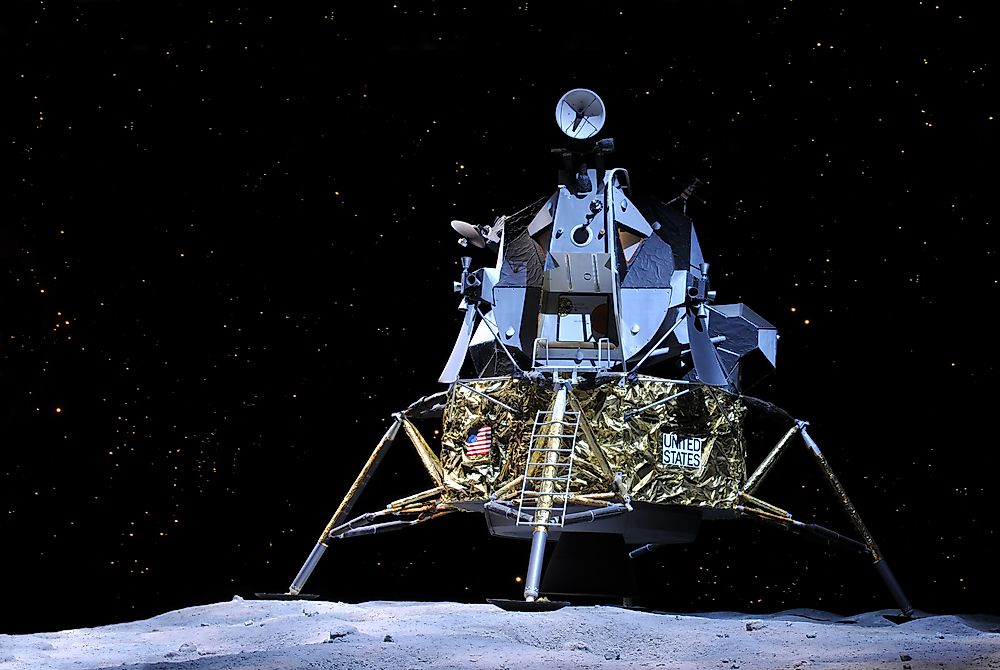Who Was the Last Man to Walk on the Moon?

The First Moon Landing
A majority of people recognize Neil Armstrong as the person who walked on the moon; others might recognize that Buzz Aldrin was his partner. The two are perhaps the most recognized men who walked on the moon. On July 21, 1969, Aldrin and Armstrong piloted the Apollo 11 and became the first two people to land on the moon. However, ten more people have walked on the moon since Armstrong and Aldrin.
The Last Moon Landing
On December 11, 1972, Cernan and Harrison Schmitt landed the Apollo 17 on the surface of the moon and became the last two people to set foot on the moon. On that event, Cernan boarded the spacecraft after Schmitt and is officially recognized as the last man on the moon. Forty-six years later, no man has set foot on the moon again. Cernan died on January 16, 2017, aged 82.
Early Years
Eugene Cernan was born in Illinois' capital of Chicago on March 14, 1934, to a Slovak father and a Czech mother. He was brought up in Maywood and Bellwood. As a young man, he trained as a Boy Scout before graduating from high school in 1952. He was accepted to Purdue University where he graduated with a degree in Electrical Engineering in 1956. During his undergraduate studies, Cernan was awarded a Navy ROTC scholarship. He served aboard the USS Roanoke. He was later commissioned a U.S. Navy Ensign and stationed aboard the USS Saipan. He took an interest in flying and began taking flying training. He completed his flying training in Miramar, California before completing his master’s degree in Aeronautical Engineering in 1963.
NASA Career
In October 1963 NASA selected Cernan as part of the Astronauts to participate in the Apollo and Gemini programs. He was initially part of the backup crew for the Gemini program until the primary crew all died in a crash in February 1966. He later became a backup crew for Apollo 7 before NASA made him the primary pilot for the Apollo 10. He made his first orbit around the lunar surface alongside Tom Stafford, the commander of the Apollo 10. Their orbit took them 8.5 nautical miles of the moon’s surface. Their orbit around the moon paved the way for the landing of the Apollo 11 two months later. Cernan was offered the opportunity to walk on the lunar surface aboard the Apollo 16 but turned it down.
Apollo 17
Cernan chose to lead his crew aboard the Apollo 17 although NASA could not guarantee that the next moon landing was on course. Escalating cost saw NASA cancel the flights of Apollo 15 and 19 to the lunar surface. The geologist community mounted pressure on NASA to land the only geologist of the team to the moon’s surface. Harrison Schmitt was made a priority astronaut and alongside Cernan flew the Apollo 17 to the moon in what would become the last moon landing to date. Apollo 17 stayed for three days on the moon while the two astronauts completed a 22-mile ride on the surface using the Lunar Rover. They collected 75 lb of samples.











